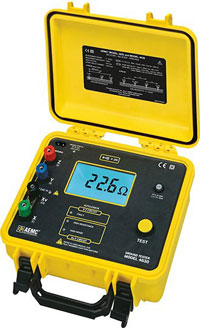Related Products
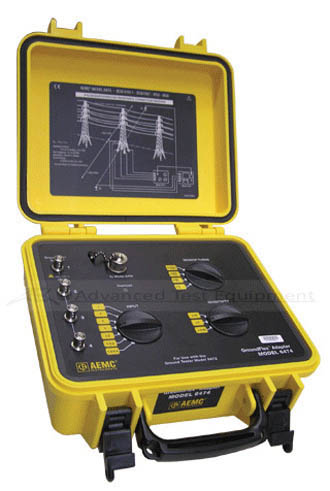
AEMC 6474 Ground Resistance Tester

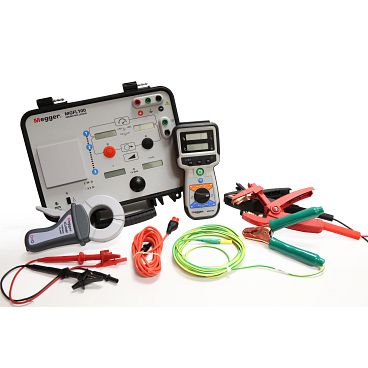
Megger MGFL100 Battery Ground Fault Locator
- Alarms when the real fault is identified
- Direct measurement of resistance and stray capacitance
- Direct measurement of fault current and leakage current
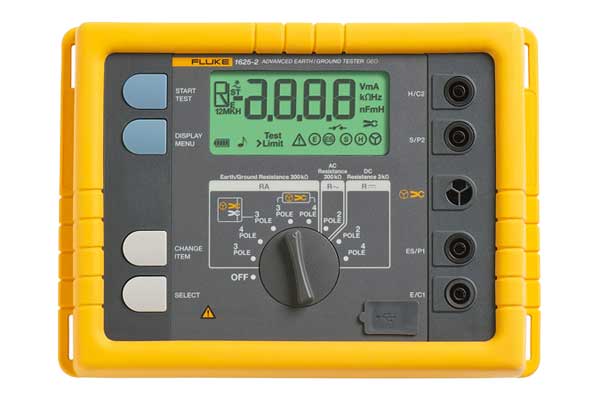
Fluke 1625 GEO Earth Ground Tester
- 3- and 4-pole earth ground measurement
- 4-Pole soil resistivity testing
- 2-pole resistance measurement AC
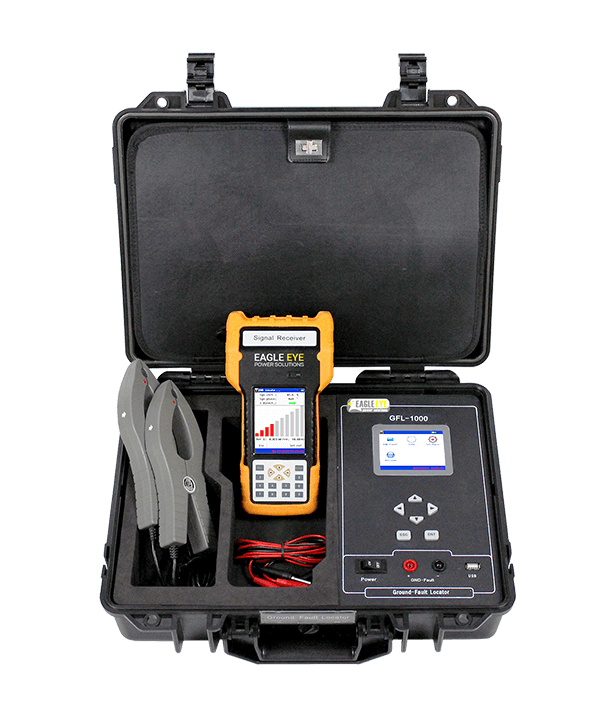
Eagle Eye GFL-1000
- Patented technology, pinpoint current leakage fault with grounding resistance lower than 1 MΩ
- Locate faults for both offline and online DC systems
- Waveform analysis will analyze the interference signal in the circuit

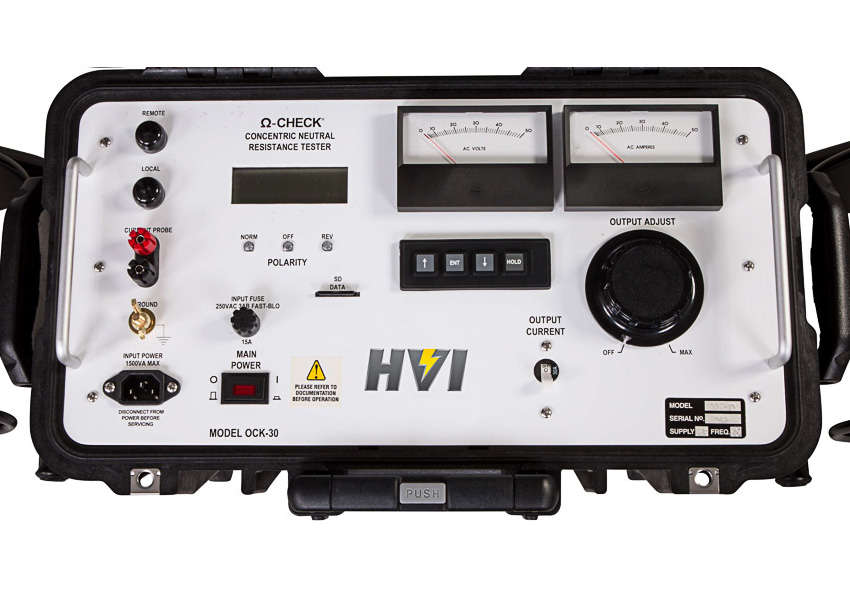
High Voltage Ohm-Check Neutral Resistance Tester
- Cable to clamp-on meter, 10’
- Cables between reels & neutral, 10’
- Line cord 10’ & #2 Ground Cable, 20’

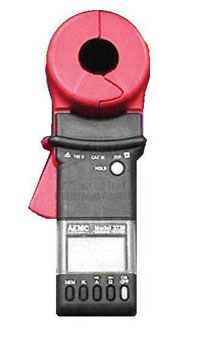
AEMC 3730 Clamp-On Ground Resistance Tester
- Simple and fast clamp-on operation - no leads, no auxiliary rods or spacing requirements
- Direct reading of ground resistance from 1 ohms to 1200 ohms
- Direct reading of ground leakage current from 1 mA to 30 Arms

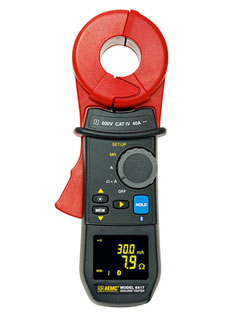
AEMC 6417
- Touch voltage is displayed to alert user to potential unsafe conditions
- Large multi-function, bright yellow organic display (OLED) is visible in all lighting conditions
- Selectable test frequency improves accuracy in inductive environments

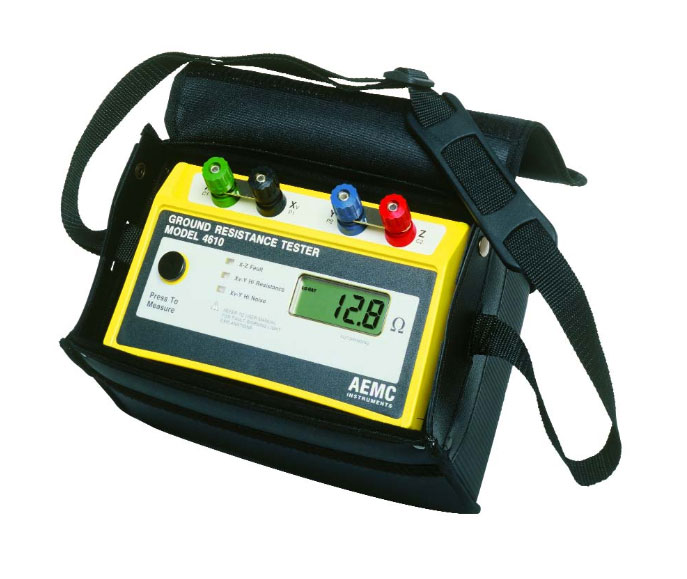
AEMC 4610 Ground Resistance Tester
- Fall-of-Potential method
- Measures ground resistance (2- and 3-Point) and soil resistivity (4-Point)
- Step voltage tests and touch potential measurements

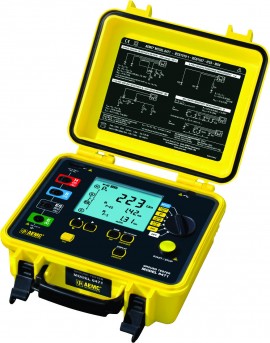
AEMC 6471 Ground Resistance Tester

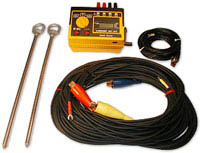
AVO / Biddle / Megger DET 3/2 Digital Earth Tester
- Three- or four-terminal measurement selected by a switch
- 50 volt maximum output voltage for safety and convenience
- Direct-reading 3½ digit LCD
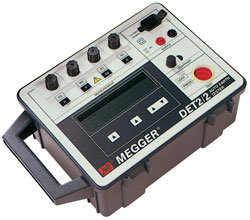
Megger DET2/2
- High resolution – 1 mΩ
- High accuracy for earth electrode and soil resistivity testing
- A robust, versatile instrument with IP54 protection
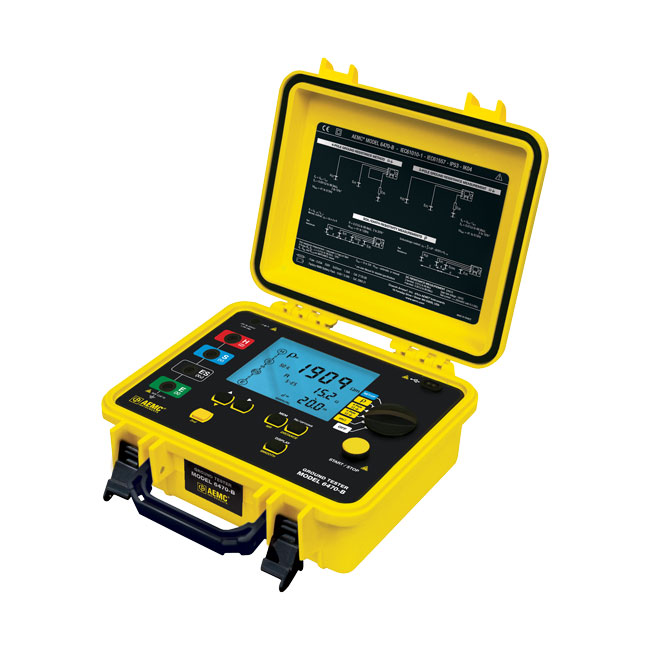
AEMC 6470-B
- 4-Pole (4-Point) Fall-of-Potential measurement for very low resistance measurements with manual or automatic frequency selection and automatic lead compensation
- 3-Point Fall-of-Potential measurement
- 3-Point earth coupling measurement

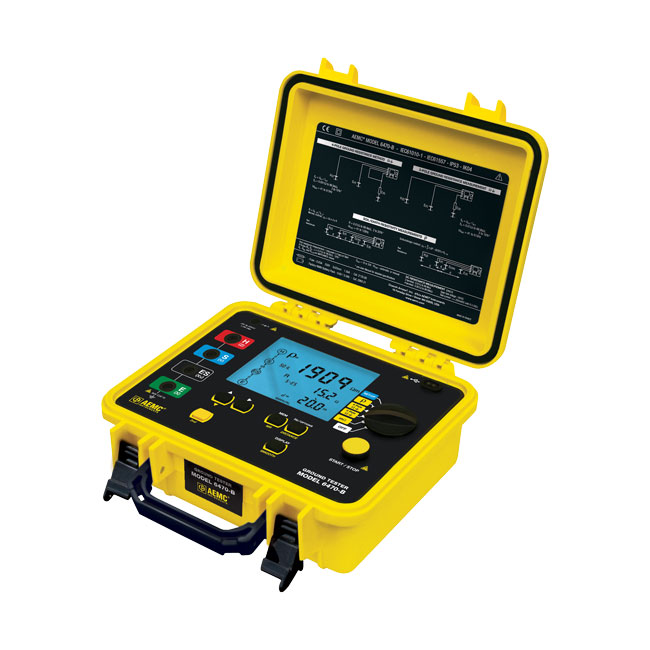
AEMC 6470 Multi-Function Ground Resistance Tester
- 3-Point Fall-of-Potential measurement with manual or automatic frequency selection
- 3-Point earth coupling measurement
- Automatic frequency scan from 40 Hz to 513 Hz for optimum test accuracy in electrically noisy environments

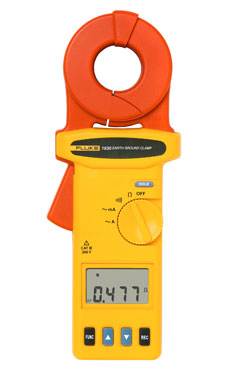
Fluke 1630 Earth Ground Clamp Meter
- A wide ground loop resistance range, from 0.025 Ω to1500 Ω, to satisfy all requirements
- Large jaw opening of 35 mm (1.38 in) for tests on ground conductors and/or equipotential bus bars
- Measurement of ground leakage current, from 0.2 mA to 1000 mA, without needing to disconnect - ideal for system troubleshooting
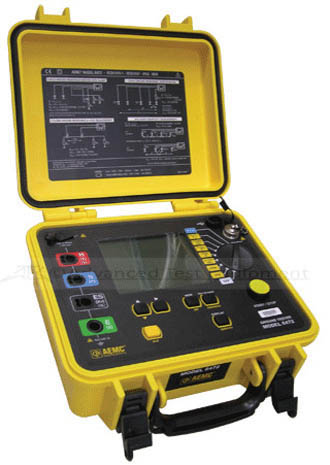
AEMC 6472
- 4-Pole (4-Point) Fall-of-Potential measurement for very low resistance measurements with manual or automatic frequency selection and automatic lead compensation
- 3-Point Fall-of-Potential measurement
- 3-Point earth coupling measurement

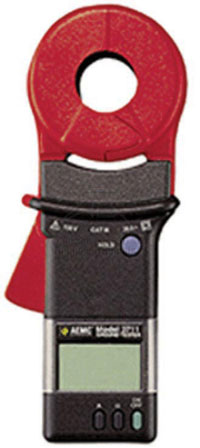
AEMC 3711 Clamp-On Ground Resistance Tester
- Simple and fast clamp-on operation - no leads, no auxiliary rods or spacing requirements. No need to disconnect neutral service
- Direct reading of ground resistance from 0.01Ω to 1200Ω
- Direct reading of continuity and ground loop resistance

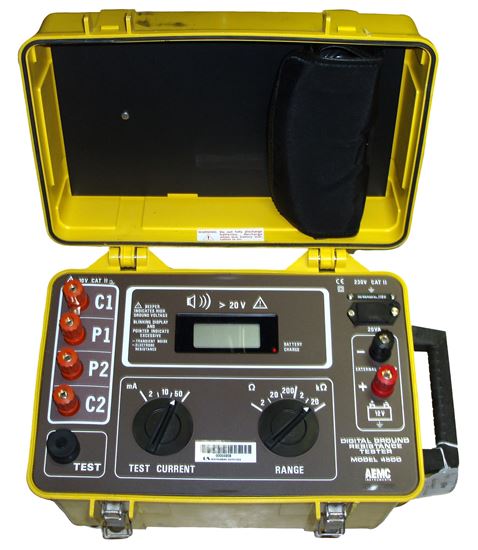
AEMC 4500 20k ohm 4 Point Ground Resistance Tester
- Measures soil resistivity (4-Point)
- Measures ground resistance (2 and 3 Point) Fall-of-Potential Method
- Step voltage tests and touch potential measurements

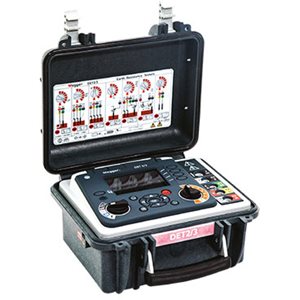
Megger DET2/3 Digital Earth Tester
- High resolution of 1 mΩ, ideal for large ground systems
- Versatile test modes
- High accuracy for ground electrode grid and soil resistivity tests
